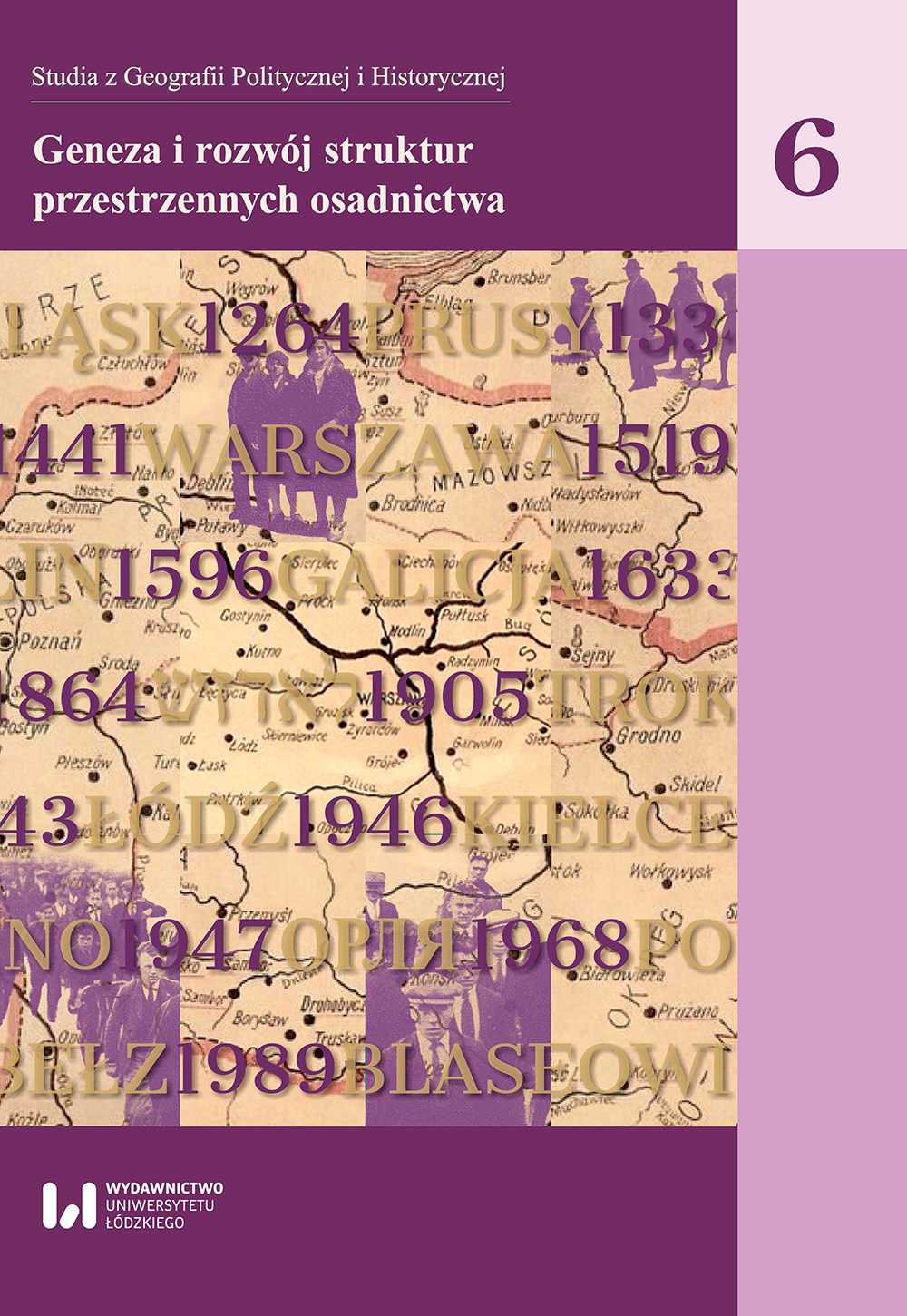Zapis wywiadu narracyjnego jako przyczynek do badań autoetnograficznych wsi kosznajderskich
A record of narrative interview as a contribution to autoethnographic research of the Koschneiderei villages
Author(s): Tomasz MarcysiakSubject(s): Geography, Regional studies, Human Geography, Regional Geography
Published by: Wydawnictwo Uniwersytetu Łódzkiego
Keywords: Koschneiderei;autoethnography;village sociology;qualitative research;Kosznajderia;autoetnografia;socjologia wsi;badania jakościowe
Summary/Abstract: I devote my work to the people and fate of those who for various reasons wanted or had to leave their homes and move to another place during and after the Second World War, but also to those who were born and lived their whole lives on the lands that often changed their landlords. Since 2010, I have been wandering through villages where I have met real, living treasures of culture, namely people, often with their intricate, sometimes dramatic, yet colourful histories. Therefore, it is important to maintain not only the historical memory written on the pages of textbooks and scientific papers, but also the experienced and endured memory, which constantly shapes the collective identity. The identity of place and people who can say “I am from here and I am proud of it”. At the beginning of the research, I chose the Tuchola poviat, but over time, the research area began to considerably expand due to the Atlantis of the Tuchola Forest, i.e. the Koschneiderei. This article is only a fragment of an extensive research project whose core is the identity of post-migration and indigenous communities in the Recovered Territories. In this case, one hero – Bernard Gliszczyński (born in 1933) or, as it appears on the First Communion Favour of 27 August 1944 – Bernhard Mrosek von Glischinski, is an illustration of the story about the Koschneiderei.Swoją pracę poświęcam ludziom i losom tych, którzy z różnych powodów chcieli lub musieli opuścić swoje domy i przenieść się w inne miejsce w trakcie i po zakończeniu drugiej wojny światowej, ale i tym, którzy urodzili się i mieszkali całe życie na ziemiach, które często zmieniały swoich gospodarzy. Od 2010 r. przemierzam wsie, w których spotykam prawdziwe, żywe skarby kultury, czyli ludzi z ich często zawiłą, czasem dramatyczną, ale jakże i barwną historią. Ważne jest więc podtrzymywanie nie tylko pamięci historycznej zapisanej na kartach podręczników i prac naukowych, ale i pamięci doświadczonej, przeżytej, która nieustannie kształtuje zbiorową tożsamość. Tożsamość miejsca i ludzi, którzy mogą powiedzieć „jestem stąd i jestem z tego dumny”. Za miejsce badań wybrałem początkowo powiat tucholski, ale z czasem obszar badań zaczął się znacznie poszerzać z powodu Atlantydy Borów Tucholskich, czyli Kosznajderii. Niniejszy artykuł jest jedynie fragmentem obszernego projektu badawczego, którego rdzeniem jest tożsamość społeczności postmigracyjnych i autochtonicznych na Ziemiach Odzyskanych. Ilustracją do opowieści o Kosznajderii jest w tym wypadku jeden bohater Bernard Gliszczyński (ur. 1933) lub jak widnieje na pamiątce z pierwszej komunii świętej z 27 sierpnia 1944 r. Bernhard Mrosek von Glischinski.
Journal: Studia z Geografii Politycznej i Historycznej
- Issue Year: 2017
- Issue No: 06
- Page Range: 227-242
- Page Count: 16
- Language: Polish

